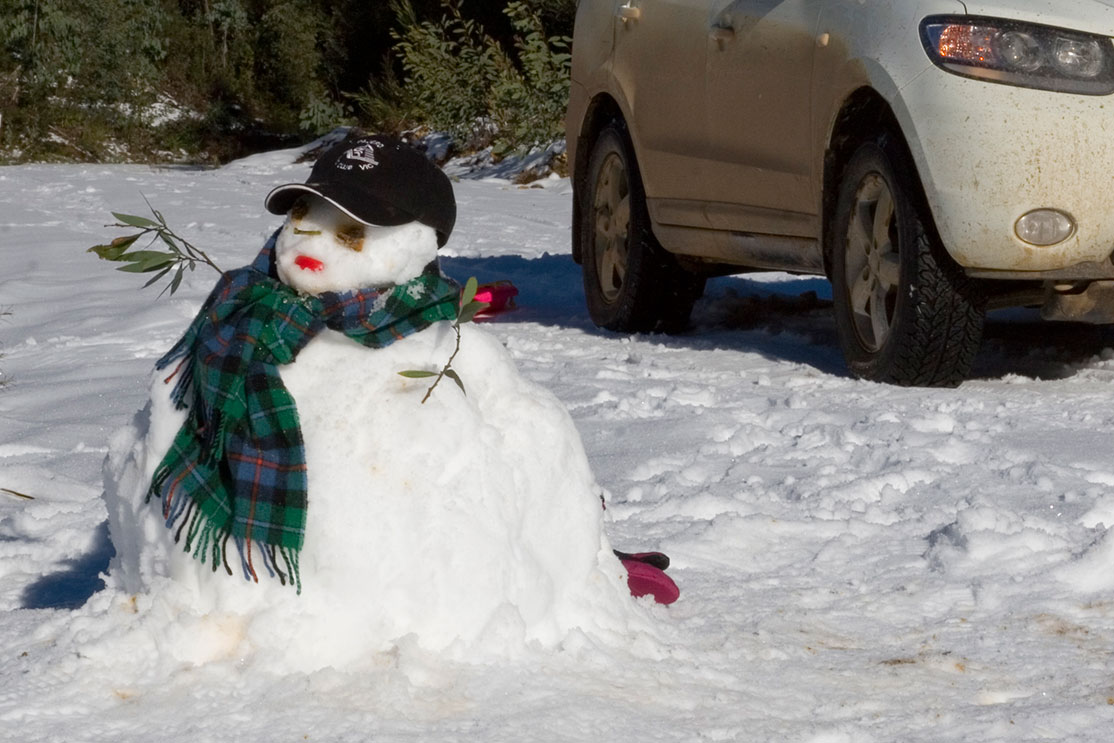
One of the attractions of off-roading is there’s no such thing as unsuitable weather. Four-wheel driving is an activity that can conquer almost anything Mother Nature has in store, which means you can access and experience beautiful sites during even the coldest days of winter.
Many magical days are to be had in Victoria’s forests, especially when rain turns to snow. While it may seem daunting to go off-roading in the snow, a bit of preparation can go a long way when it comes to braving the winter elements.
Just like any trip on rough terrain, your 4×4 needs to be in top-notch mechanical condition. While warmer weather tends to be friendlier to your vehicle, there are extra precautions that need to be considered when travelling in low temperatures.
COLD COMFORT
Remember, your vehicle runs on fluids, and fluids can freeze. Even if they don’t become solid, fluids that drop dramatically in temperature don’t flow like they’re supposed to. Your coolant and wiper fluids are the most susceptible. Without antifreeze, which prevents the problem, you risk damaging your water pump. It’s also important to remember oil can freeze too, although that usually occurs at temperatures much lower than you’d find in Australia. But it does affect the flow of oil, so consider lower-viscosity oil for the duration of your trip.
Another thing to keep an eye on is your rubber elements, such as hoses, which crack easily in the cold. To avoid this, replace anything that looks old or suspicious.

Petrol drivers finally have one up on their diesel-driving mates – petrol freezes at about -50 degrees Celsius, which is rare in our country. Diesel, on the other hand, freezes at temperatures lower than -20 degrees Celsius, but you’ll hit problems before it drops this low.
All fuel needs some element of inherent lubrication, wax is the key when it comes to diesel and this wax in the fuel can start to crystallise at low temperatures at cloud point (when the fuel becomes cloudy). Australian Standard AS3570 sets maximum temperatures for the supply of diesel fuel. These are set by region and by month and range from 15 degrees in central Australia in January to -3 degrees in Tassie in June. A reason why storing fuel for months is not a good idea – the blend changes over the course of the year. Alpine diesel is your solution, or highland diesel, which both offer lower cloud point levels.
As an extra precaution, you can add Callington Roxdiesel additive to your fuel, which further lowers the cloud point. Add it to warm diesel in a partly filled tank, then fill up and drive to ensure the best mix – the ratio is 1L per 500L of fuel, so not much is required.
FROZEN STIFF
If leaving the vehicle overnight, move the wipers away from the windscreen so they don’t freeze on – you could damage the wiper motor if you try operating them and they can’t move. If you need to clear your windscreen, use de-icer instead of hot water, available from various auto stores. Alternatively, the humble credit card does a good job of scraping.
Also, make sure you don’t leave the park brake on. If the temperature drops low enough, it might freeze in place – use chocks instead.
A few more little tips: cover the windscreen with a tarp to prevent ice and snow build-up; rub Vaseline on rubber door jambs and seals around windows so they don’t freeze shut; and remove any wet items – like clothes or shoes – because that raises the humidity level in the car, leading to condensation.

Check your tyre pressures in the morning as the cold air causes pressure to drop. Don’t fill up with too much air because as the day goes on, pressure will increase.
Once your maintenance check is done, don’t start the car and just leave it on idle to ‘warm up’. This causes more grief for your engine; you’re better off starting the car just before you go, driving gently and reducing your electrical load.
Despite the damage cold weather can do to your vehicle, nothing takes more of a hammering than the battery. Before taking to the road, get your battery tested. A dual battery system can help take the pressure off the main battery, if you wire your accessories to the secondary one.
Plenty of problems can arise when you take your 4WD off-road, but cold weather, or snow, doesn’t need to be one of them.
This article was originally published in 4X4 Australia July 2014.



